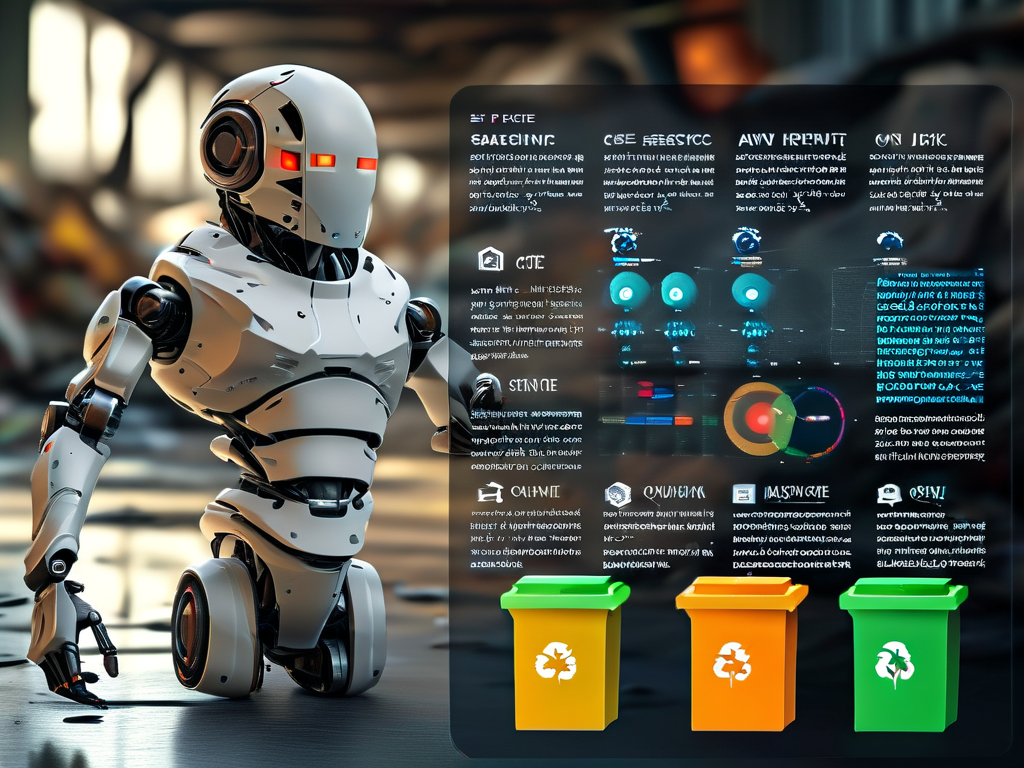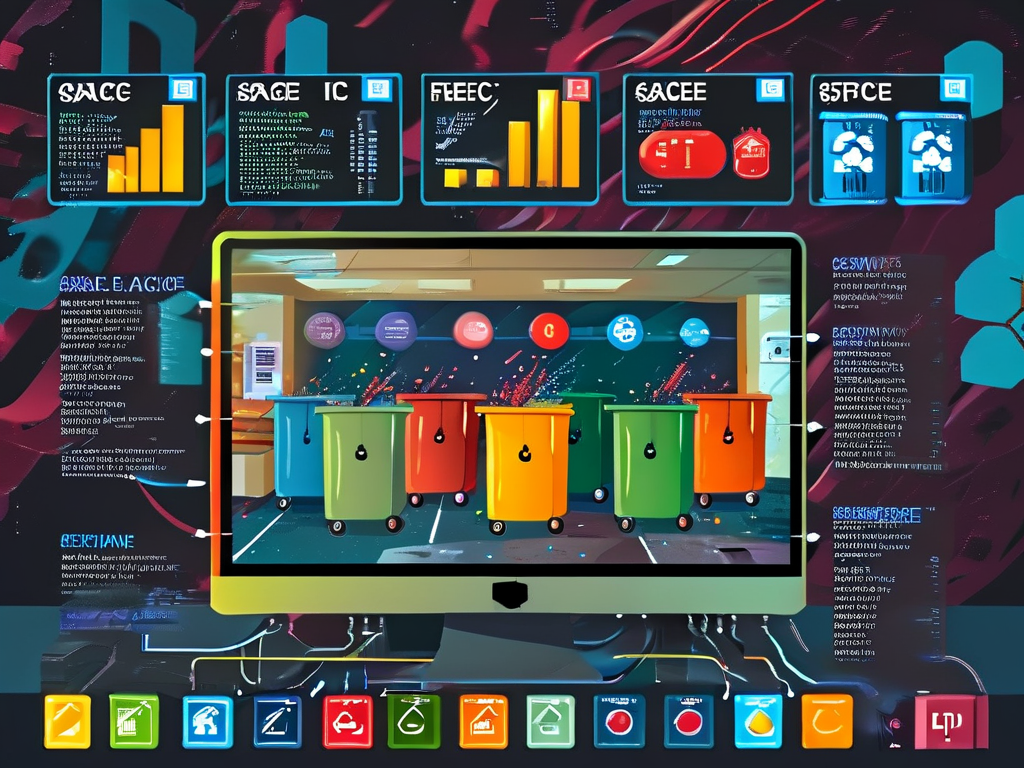In the realm of computer science, garbage collection (GC) plays a pivotal role in managing memory resources efficiently. As developers build increasingly complex applications, understanding the core algorithms behind automatic memory management becomes essential. This article explores four widely adopted garbage collection techniques, their operational principles, and practical implementations across programming environments.
Mark-and-Sweep: The Foundation
The mark-and-sweep algorithm forms the basis of many modern GC systems. It operates in two distinct phases: first identifying unused objects (marking) and then reclaiming their memory (sweeping). During the marking phase, the collector traverses object references starting from root pointers, flagging reachable entities. The subsequent sweep phase iterates through the entire heap, freeing memory blocks not marked as active.

While conceptually straightforward, this approach presents challenges. The system experiences noticeable pauses during collection cycles, and memory fragmentation may occur over time. Nevertheless, its simplicity ensures compatibility with diverse memory structures. The following pseudocode illustrates its basic logic:
def mark_sweep():
mark_phase(root_references)
sweep_phase(heap_objects)
Reference Counting: Immediate Reclamation
This strategy maintains a counter for each object tracking active references. When an object's count drops to zero, its memory immediately becomes available for reuse. Python's memory management employs this technique alongside cycle-detection mechanisms.
Though offering real-time reclamation benefits, reference counting struggles with circular dependencies. Consider two objects mutually referencing each other but isolated from root pointers – their counts never reach zero, causing memory leaks. Developers often implement auxiliary cycle collectors to mitigate this issue.
Generational Collection: Optimizing for Object Lifetimes
Modern Java Virtual Machines (JVM) and .NET runtime environments leverage generational collection based on the weak generational hypothesis. This principle observes that most objects become unreachable shortly after creation. The heap divides into generations (typically young and old), with frequent collections in younger regions.
New objects reside in the young generation (eden space). Survivors from minor collections get promoted to older generations, which undergo less frequent major collections. This tiered approach reduces pause times by focusing effort on areas with higher garbage yield. A simplified generational workflow appears below:
void collectGenerational() {
collectMinor(); // Young generation
if (needMajorCollection) {
collectMajor(); // Old generation
}
}
Copying Algorithms: Space-Efficient Collection
The copying collector divides available memory into two equal spaces. During garbage collection, live objects get copied from the active "from" space to the inactive "to" space, compacting memory in the process. The roles of the spaces then swap for subsequent operations.
This approach eliminates fragmentation and enables fast allocation through pointer bumping. However, it halves usable memory capacity and proves inefficient for long-lived objects. The algorithm shines in scenarios with high object churn rates, as demonstrated in Go's garbage collector for certain workloads.
Hybrid Approaches in Modern Systems
Contemporary runtime environments rarely rely on single algorithms. The HotSpot JVM combines generational collection with mark-and-sweep for old generations and copying for new generations. V8 JavaScript engine employs concurrent marking and parallel sweeping to minimize main thread blocking.
Developers can influence GC behavior through tuning parameters. The JVM offers flags like -XX:+UseG1GC for garbage-first collection, while .NET provides options for workstation versus server GC modes. Understanding these configurations helps optimize applications for specific latency and throughput requirements.
Performance Considerations
Garbage collection involves inherent trade-offs between memory usage, throughput, and pause times. Stop-the-world collectors freeze application execution during operation, while concurrent collectors introduce computational overhead. Real-time systems might prefer incremental collectors like the Train algorithm, which breaks collection into smaller phases.

Memory profiling tools remain crucial for diagnosing GC-related issues. Tools like Java's VisualVM or Chrome's Memory Profiler help identify memory leaks, excessive collections, or improper object retention patterns.
Future Directions
Emerging technologies like region-based memory management and hardware-assisted garbage collection promise to reshape memory management. Research into persistent memory systems and non-volatile RAM architectures may introduce novel garbage collection paradigms. Meanwhile, languages like Rust challenge traditional GC approaches through compile-time ownership models.
As software systems grow in complexity, garbage collection algorithms will continue evolving to balance automation with performance. Developers benefit from understanding these underlying mechanisms, whether working in managed languages like C# and Java or interfacing with lower-level systems through FFI (Foreign Function Interface).
In , garbage collection algorithms form the invisible backbone of modern software execution. From the basic mark-and-sweep to sophisticated generational collectors, each strategy addresses specific memory management challenges. As hardware architectures and software requirements evolve, so too will the techniques for automatic memory reclamation, ensuring efficient resource utilization across diverse computing environments.









